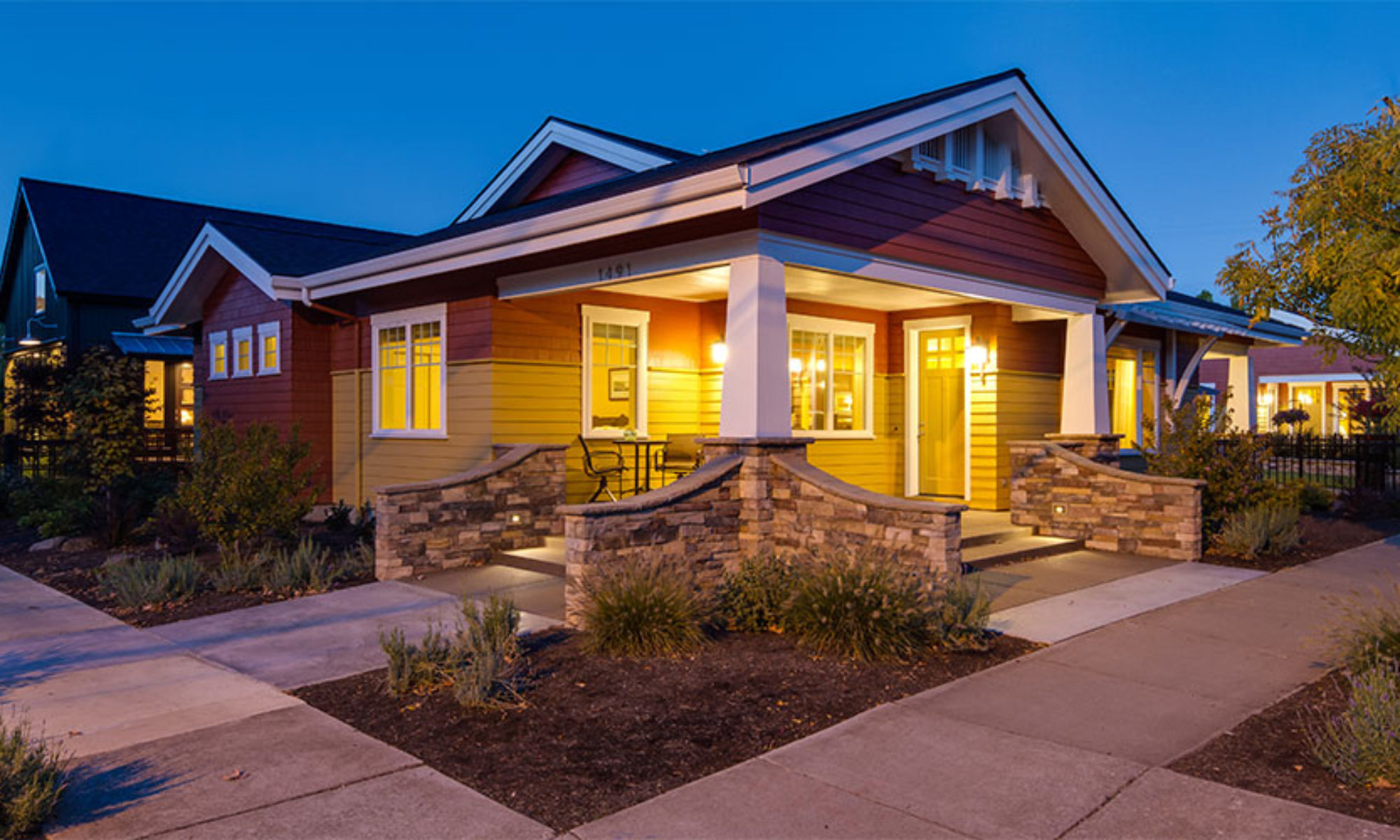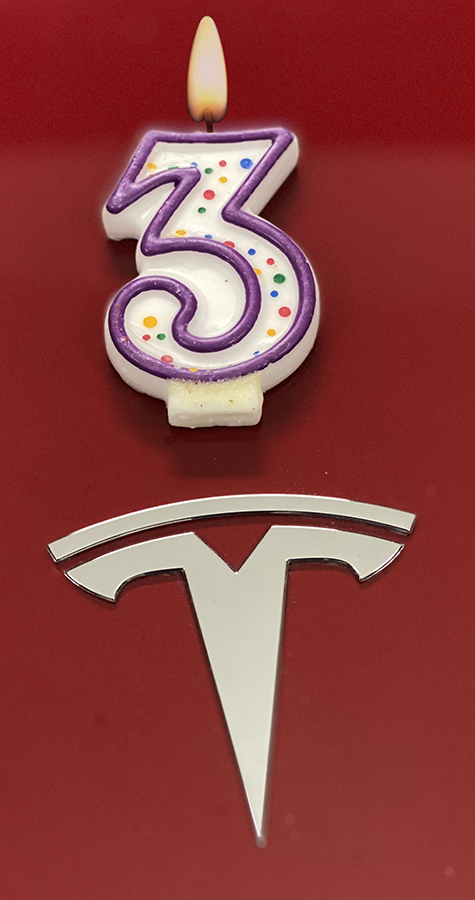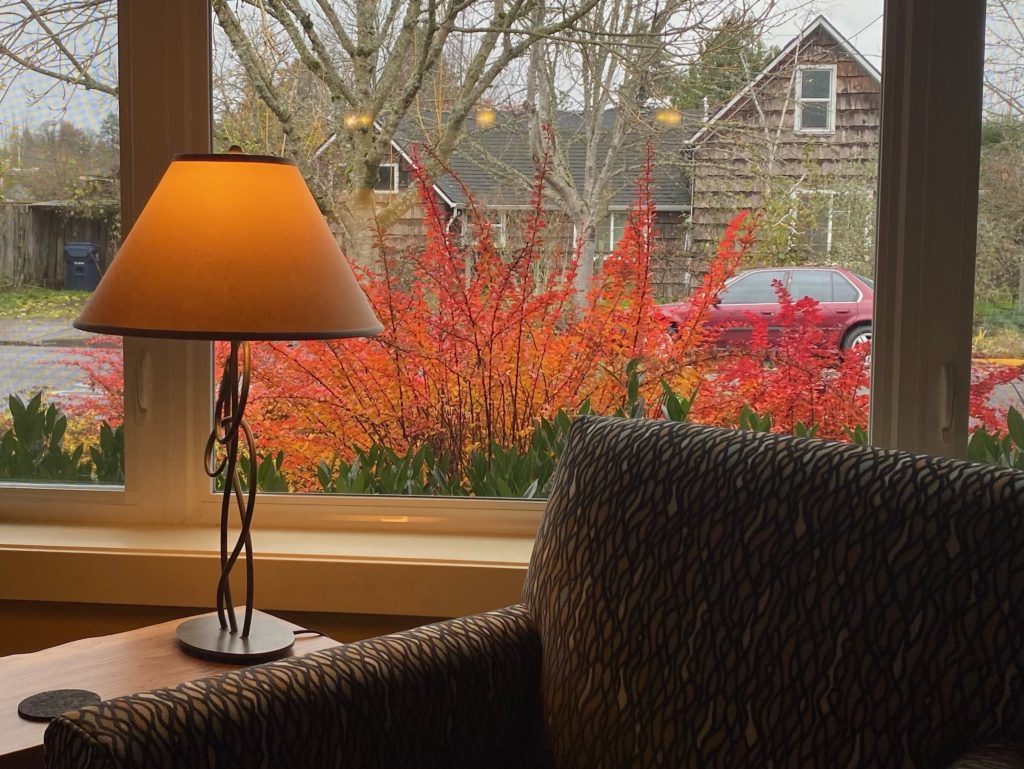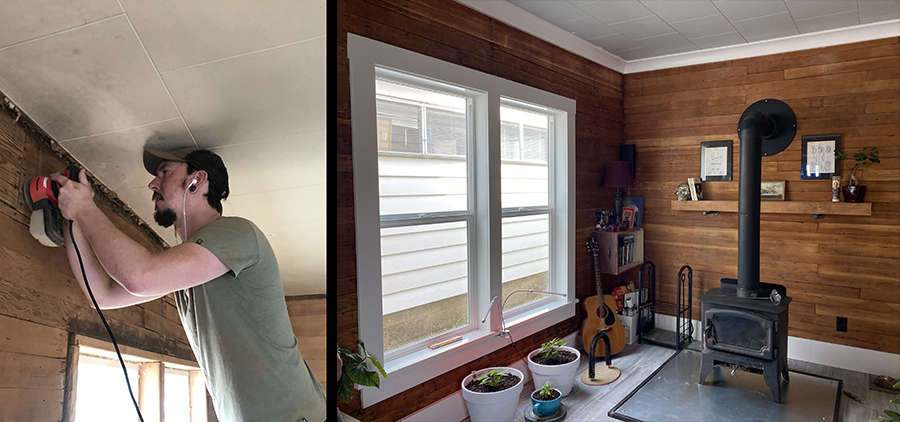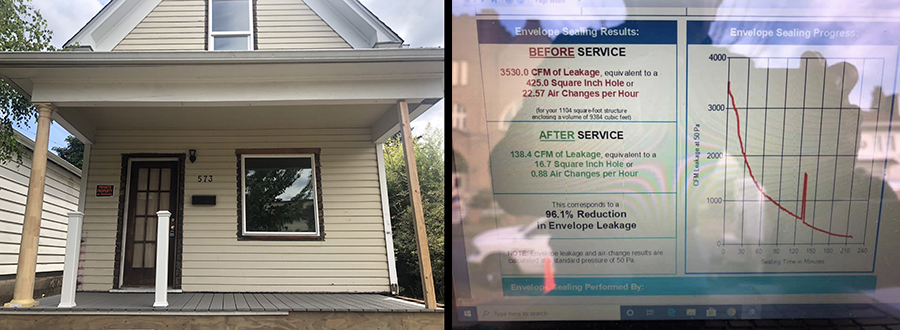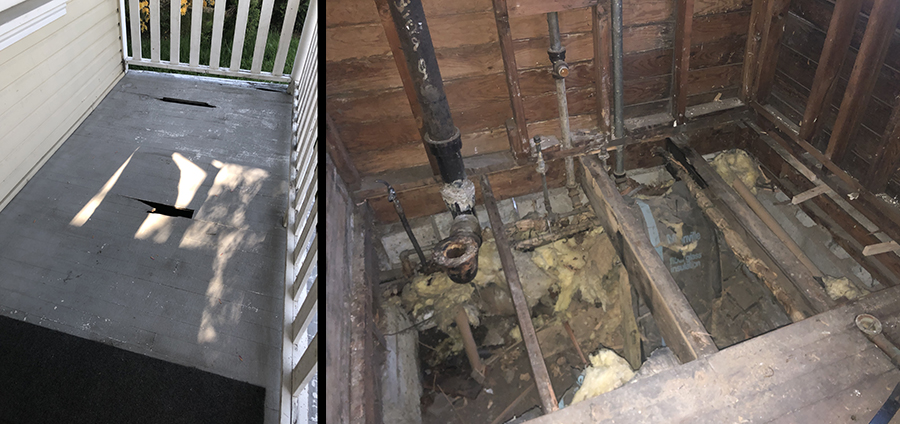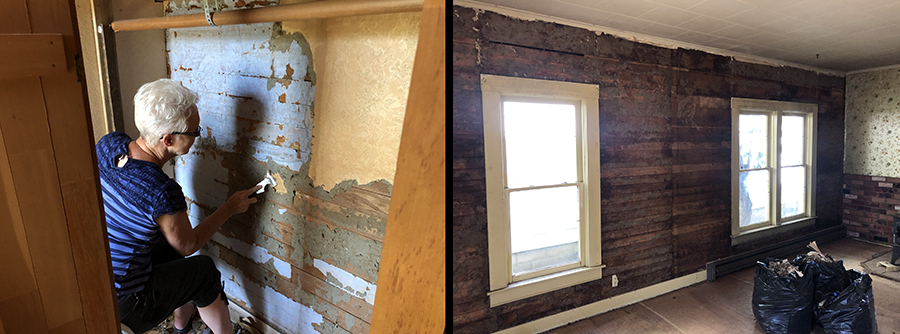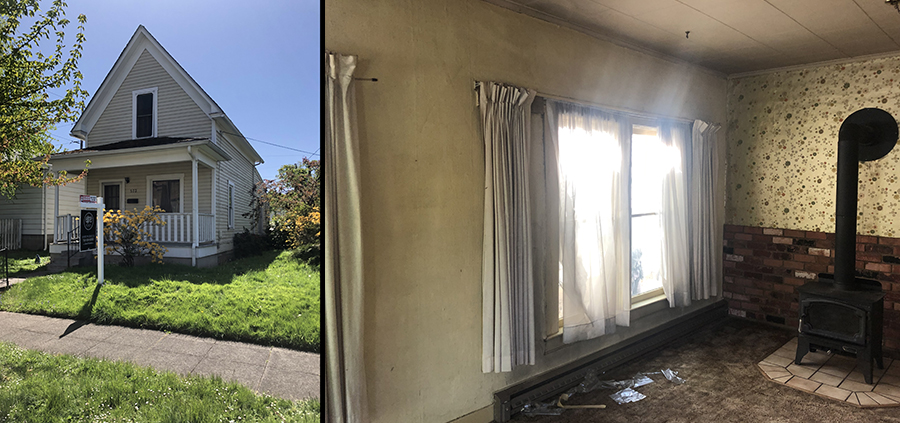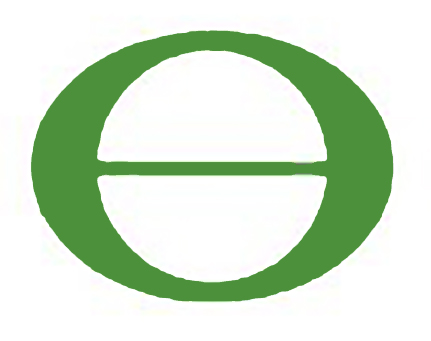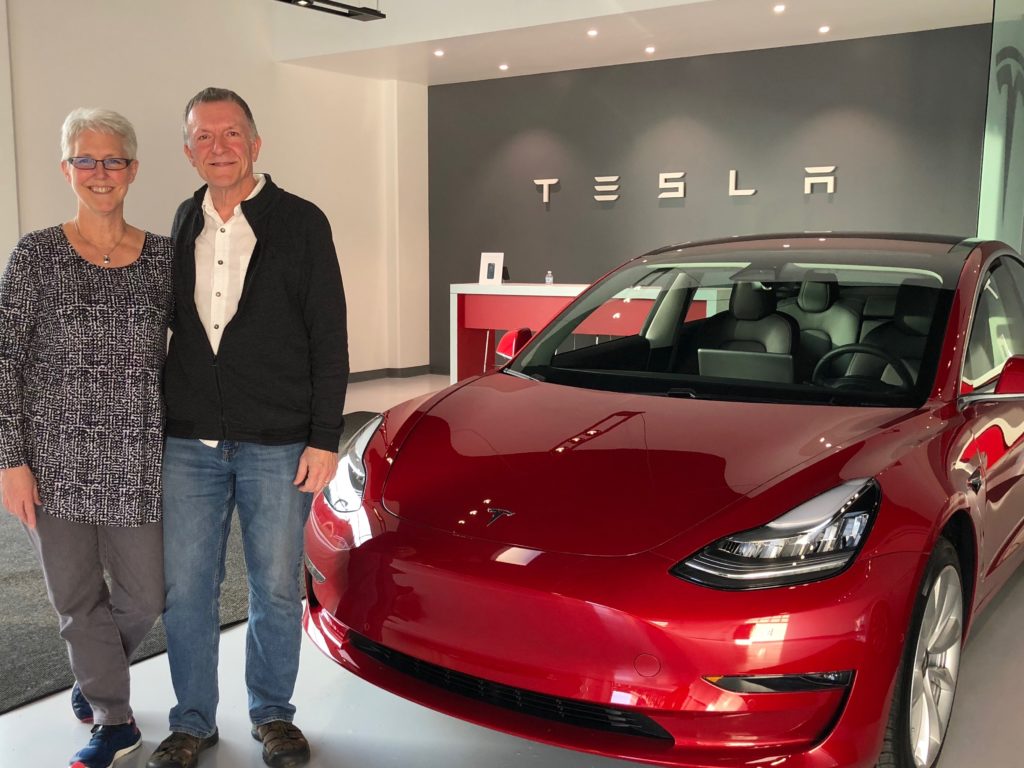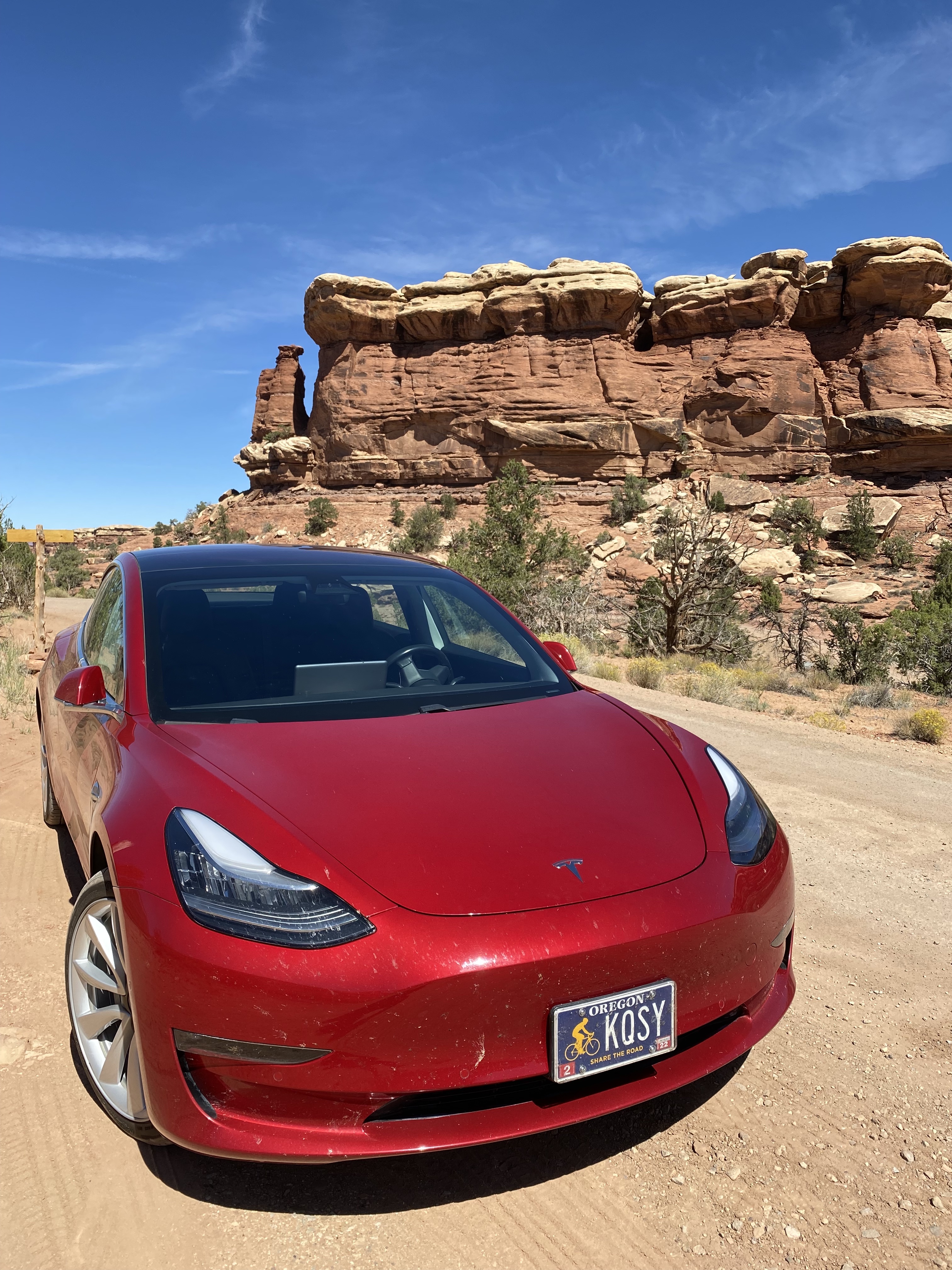
We recently returned from a 3,300 mile road trip through southern Utah and the five National Parks there. We also did a short side trip to Mesa Verde in southern Colorado.
And we did it all in an electric vehicle.
We’ve done road trips before, but this time, we seemed to have more people asking questions about our experience with our trip. Specifically, those questions centered around charging. So I thought a short recap might be in order.
Big picture: our trip would start in Eugene, head east through central and eastern Oregon, down through Idaho to Salt Lake City, east to Moab and Mesa Verde then back and south through Canyonlands, Bryce and Zion National Parks. We would then head north back home pretty much along the same route as we came in. In the middle of the trip, from Moab to Zion, we decided to take the scenic Route 12, which was a nice winding road, beautiful scenery and limited EV chargers.
About charging: it wasn’t a problem at all. It actually never has been. I’ve heard that the best cure for range anxiety is to actually own an EV. And that is really true. We’ve never been nervous that we might run out of charge on a road trip.
There are a couple of reasons for that. First, we drive a Tesla. And the Tesla Supercharging network is very robust. On this last trip, with just two exceptions, there were fast chargers about every 100 to 150 miles. And with a range of just over 300 miles, that makes it easy. We could stop at a Supercharger, have an iced tea, stretch our legs, get lunch, use the restroom and be on our way in 15 to 30 minutes on average.
Second, we plan our trips. Driving an EV cross-country does require some planning ahead of time. I use the PlugShare app, which lists virtually every charger location across the US. I also favor lodging that has overnight, or destination chargers. Many hotels and bed and breakfasts have complimentary chargers that we can plug in when we go to bed and be fully charged by morning.
Just like a cell phone.
And that’s what we did along that scenic Route 12. From the Green River Supercharger through Bryce and Zion then on to the Cedar City Supercharger, it’s a little over 350 miles. And that’s without any side trips. But we stayed at a very nice hotel in Escalante (Canyon Country Lodge) that had four Tesla chargers and one universal charger. Then we stayed at some of the cutest cabins in Tropic (Bryce Canyon Inn) that had two Tesla chargers. In Zion, our hotel had six universal EV chargers. At all of those locations, when we checked out to head on our way, we had 100% charge.
So overall, while it does take some additional planning, it isn’t difficult or nerve-wracking. Will we do a long road trip again?
Absolutely!
